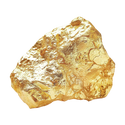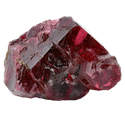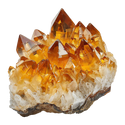Alexander the Great Stone Pendant
£6,850
Details
Authentic Macedon silver coin set in 18K yellow gold with garnet and citrine bullet cabochons.
Handmade in Rome.
History
Measurements
Delivery
Care






Alexander III ‘The Great’
(DRACHM)
(DRACHM)
The coinage of Alexander the Great, particularly the silver drachma, often depicted him with a lion scalp, symbolising his strength and heroic conquests. These coins were crucial in spreading his image and influence across his vast empire.

Gold
(18K)
(18K)
It is a dense, soft, malleable, and ductile metal. Gold is highly valued for its beauty, rarity, and resistance to corrosion. It does not tarnish or corrode over time, making it a perfect choice for jewellery.

Garnet
(SILICATE)
(SILICATE)
Garnet, typically seen in striking hues of red or orange, is a captivating gemstone that has been precious for millennia, with beads dating back to 3000 B.C. attesting to its timeless allure.

Citrine
(QUARTZ)
(QUARTZ)
Citrine, a stunning yellow gemstone, has been cherished for millennia, often regarded as a gift from the sun. Its name, derived from the French word 'citron' for lemon, perfectly captures the bright, distinctive allure of this gem.
Our items are handmade in our atelier in Rome.
Delivery is estimated at 4-6 weeks from when the order is placed with the atelier, but we always endeavour to deliver sooner. Our team will be in touch to keep your updated at every stage of production.
Alternatively please contact shop@dubini.co.uk




